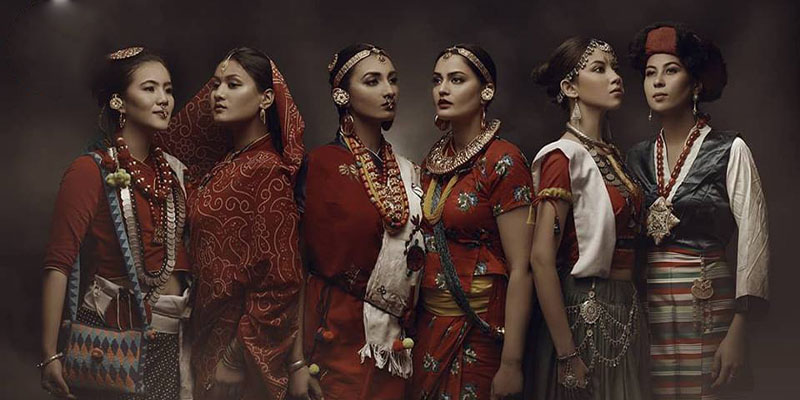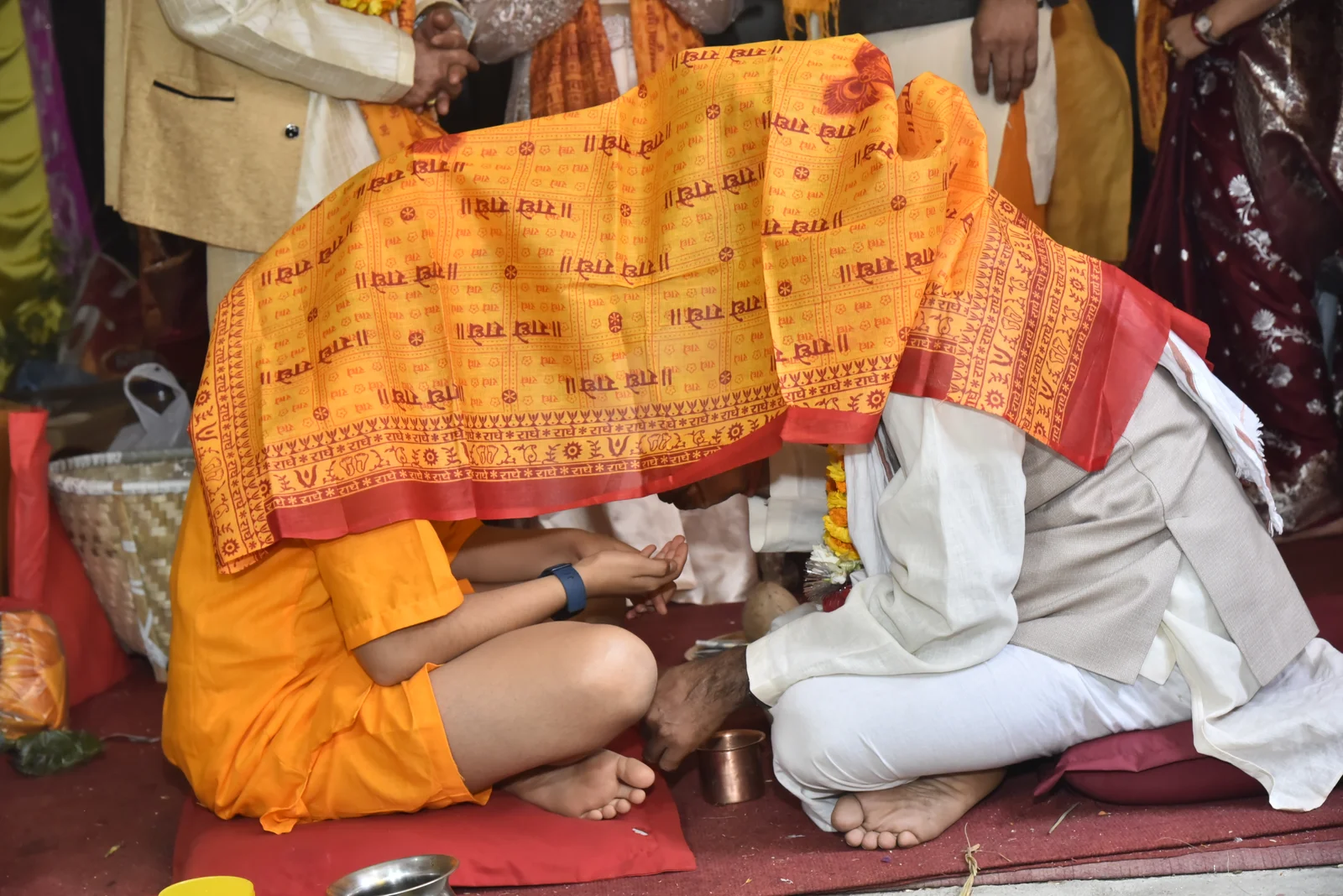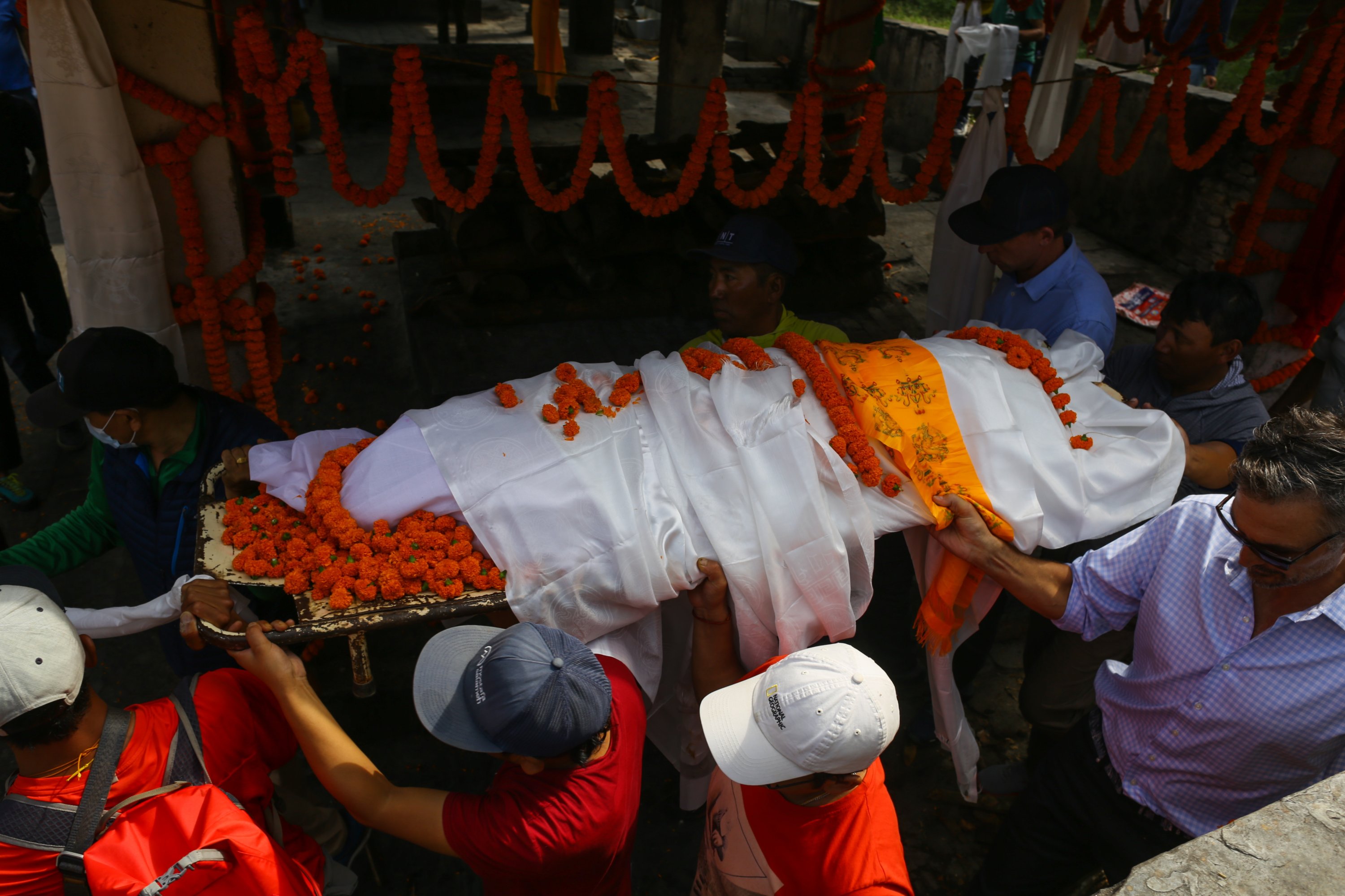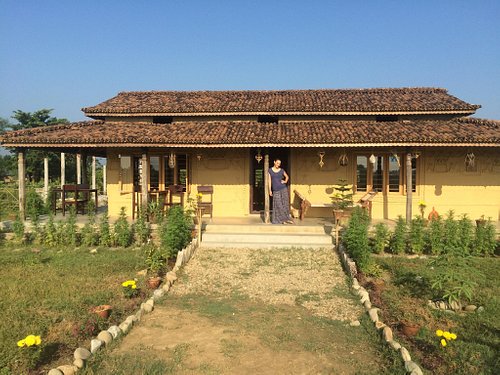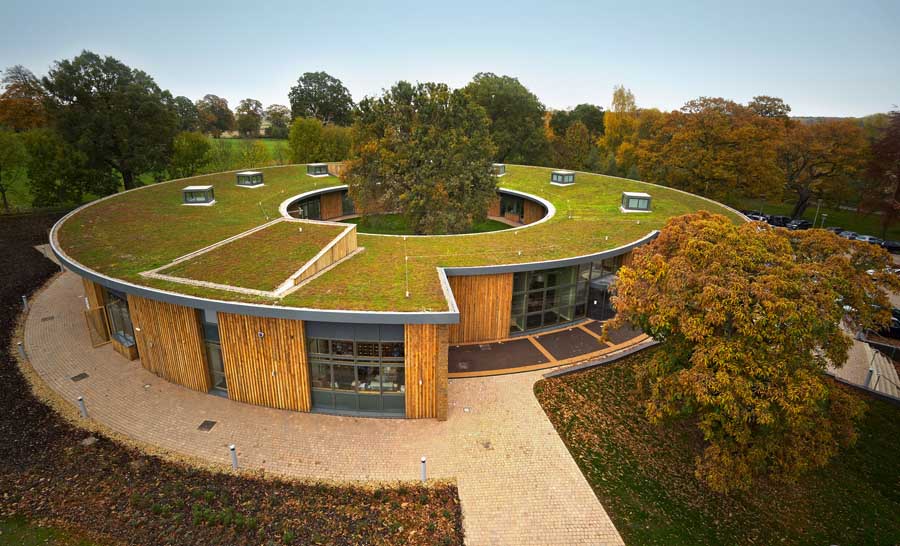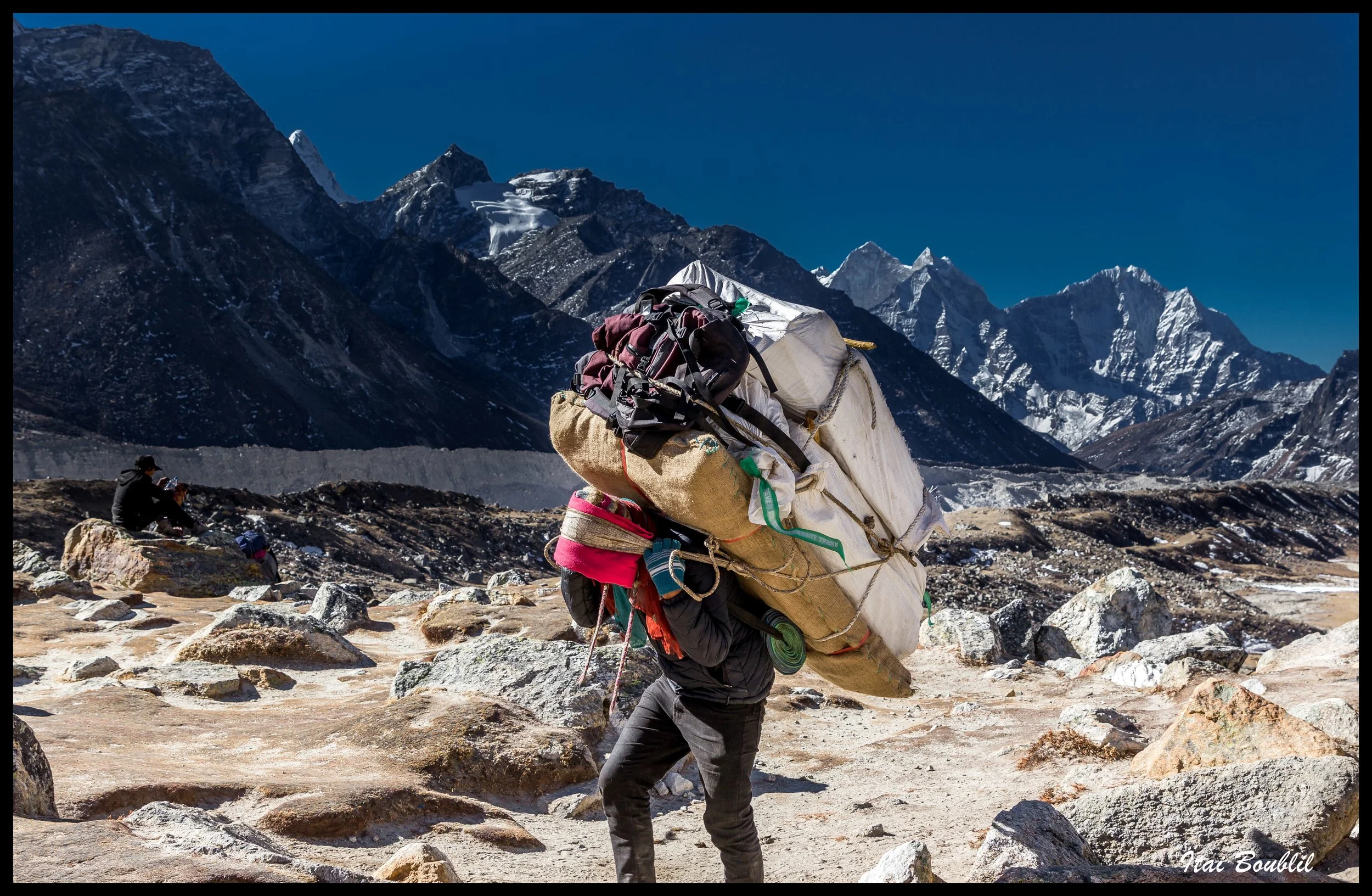Share this Article
High in the hidden valleys of the Himalayas, where the mountains pierce the clouds and the air hums with silence, there are sounds that do not belong to this world. They are not echoes of wind or cries of birds. They are deeper, older—a low moaning from horns made not of metal or wood, but of human bone. These are the kangling, the bone trumpets of the Chöd practitioners, and their music is not made to entertain, but to sever the ego, to offer the body to spirits, and to dance with death itself.
The Ritual of Cutting Through the Ego
Chöd (pronounced "chö"), meaning "to cut through," is a Tibetan Buddhist ritual deeply rooted in the tantric tradition. It originated in India and was later brought to Tibet by the 11th-century female mystic Machig Labdrön. Unique among Buddhist practices, Chöd involves visualizing one’s own dismemberment and offering of the body as a spiritual feast to demons, spirits, and beings of all realms.
But this is no morbid fantasy. The purpose is not death but transcendence. The demons to be fed are the inner demons—fear, attachment, pride, and delusion. By ritually offering one’s own ego and confronting fear in its purest form, the practitioner hopes to achieve liberation.
Central to this rite are musical instruments designed to invoke spirits, summon awareness, and maintain the flow of meditation. Among these, the kangling holds a place of dark reverence.
The Sacred Sound of the Kangling
Kangling literally means "leg flute" or "thighbone trumpet," and traditionally, it is made from a human femur. It is believed that the most powerful kangling are crafted from the femurs of those who died violent or sudden deaths, especially revered yogis or wandering ascetics. The bone is hollowed, polished, and engraved with mantras or wrathful deities. When played, it produces a mournful, haunting sound that is said to call hungry spirits, dakinis (sky dancers), and protective deities.
The kangling is not used in a concert hall or a monastery recital. It is played alone, in charnel grounds, remote caves, and windswept ridges—places where the veil between the physical and the spiritual is thinnest. The practitioner will sit under the sky or in darkness, reciting ancient chants, playing the kangling, and offering their visualized body in an act of ultimate generosity.
Music for the Dead, Music for the Living
To the uninitiated, the use of a human bone in music may seem gruesome, even macabre. But in the Chöd tradition, it is an act of deep compassion. The sound of the kangling is not intended to scare, but to liberate. It invites restless spirits to partake in the offering and move on from their attachments. It calls upon protectors to bless the ritual. And it helps the practitioner confront their deepest fears.
Chöd music is not for the faint-hearted. Accompanied by the damaru (a double-headed hand drum made from skulls), bells, and chants in a language few today understand, the music carries the raw essence of ancient Tibet. It is both a battle cry and a lullaby for the soul—stripping away identity, illusion, and form until only awareness remains.
Hidden in Silence: The Disappearing Ritual
In modern times, the practice of Chöd and the use of kangling are fading. The reasons are many. Political changes in Tibet, the influence of modern Buddhism, and the loss of oral transmission have all contributed to its decline. In Nepal, where pockets of Chöd survive among Tibetan refugees and Himalayan shamans, fewer and fewer young people are being trained in the full rituals.
Many monasteries no longer allow the use of real human bones. Replicas made of metal or wood are now common. The old kanglings—once passed down from teacher to student—are stored away or sold to collectors. Some end up in museums, far from the wind and the wild where they were once played.
Even among practitioners, the deeper aspects of the rite are sometimes reduced to performance. The trance-inducing dances, the nights spent in graveyards, the fearless facing of inner demons—these are harder to preserve than just the melody.
Echoes Across the Sky: A Vanishing Wisdom
Yet all is not lost. In remote regions of Dolpo, Mustang, and parts of Solukhumbu, there are still sky priests who carry the old ways. They do not advertise their presence. You will not find them on social media. But under the full moon, if you follow the sound of a distant horn, you may still find a solitary figure sitting cross-legged beneath a tree, kangling at his lips, offering himself to the world beyond.
These sky priests, or ngakpas, are often not ordained monks but householder yogis, wandering hermits, or hidden adepts. Their lives blur the lines between religion and sorcery, between Buddhism and Bon, between ritual and madness. They speak to spirits, cure the sick, and mediate between the human and the unseen.
The music they make is not for show. It is survival—not just theirs, but the survival of a worldview in which all beings, living or dead, matter. In which fear is not avoided but embraced. In which music is not entertainment, but medicine.
Preserving the Unpreservable
Can such a tradition survive in the modern world? That is the question faced by anthropologists, monastics, and cultural preservationists. Chöd rituals, especially those involving kangling, resist digitization. They cannot be captured in high definition or stored in a cloud. They require presence, transmission, and fearlessness.
Efforts are being made. Some monasteries in Nepal have begun teaching Chöd to a new generation. Audio recordings exist of the chants. Ritual manuals have been published. But the essence of the practice—the actual going to a cremation ground, the sitting alone with spirits, the playing of a human trumpet to offer one's self—that is harder to maintain.
Why It Matters
In a world obsessed with comfort, control, and certainty, Chöd offers something radically different. It asks us to give up, to let go, to face death and feed our fears until nothing is left but awareness. The kangling, with its hollow, sorrowful voice, is not a tool of despair but of liberation.
It is a sound that reminds us of impermanence, of the fragility of identity, and of the beauty that lies beyond the ego. It calls to the parts of us we hide, the ghosts we ignore, the wounds we do not heal. And it does so not with violence, but with music.
To hear a kangling is to be transported. To play one is to vanish. And to understand one is to step, however briefly, between worlds.
Conclusion: The Music Between Worlds
As Nepal modernizes and its spiritual landscape shifts, the future of Chöd remains uncertain. But as long as there are sky priests willing to pick up a bone trumpet and face the dark with song, the tradition lives. It may not thrive, but it will endure—in the echo of a note, in the hush of a ritual, in the silence between breaths.
For the Chöd practitioner, music is not merely sound. It is a blade, a bridge, a blessing. And in the haunting cry of the kangling, we are reminded that the path to freedom sometimes begins with offering everything we are—flesh, fear, and all—to the sky.
Categories:
Travel & Tourism
,
Culture & Traditions
,
Adventure Activities
,
Nature & Wildlife
,
History & Heritage
,
Lifestyle & Local Life
,
Health & Wellness
,
Education
,
Spirituality & Religion
Tags:
asdasd
,
Thamel
,
nagi gumba
,
sundarijal
,
dashain
,
festival of nepal
,
bada dashain
,
traditional food

